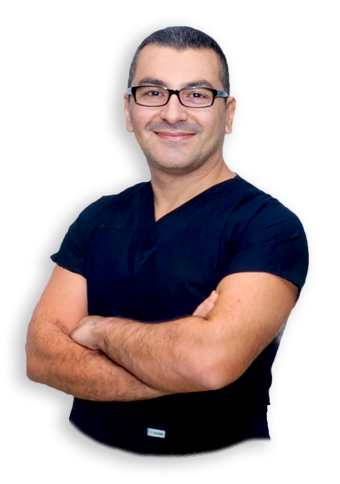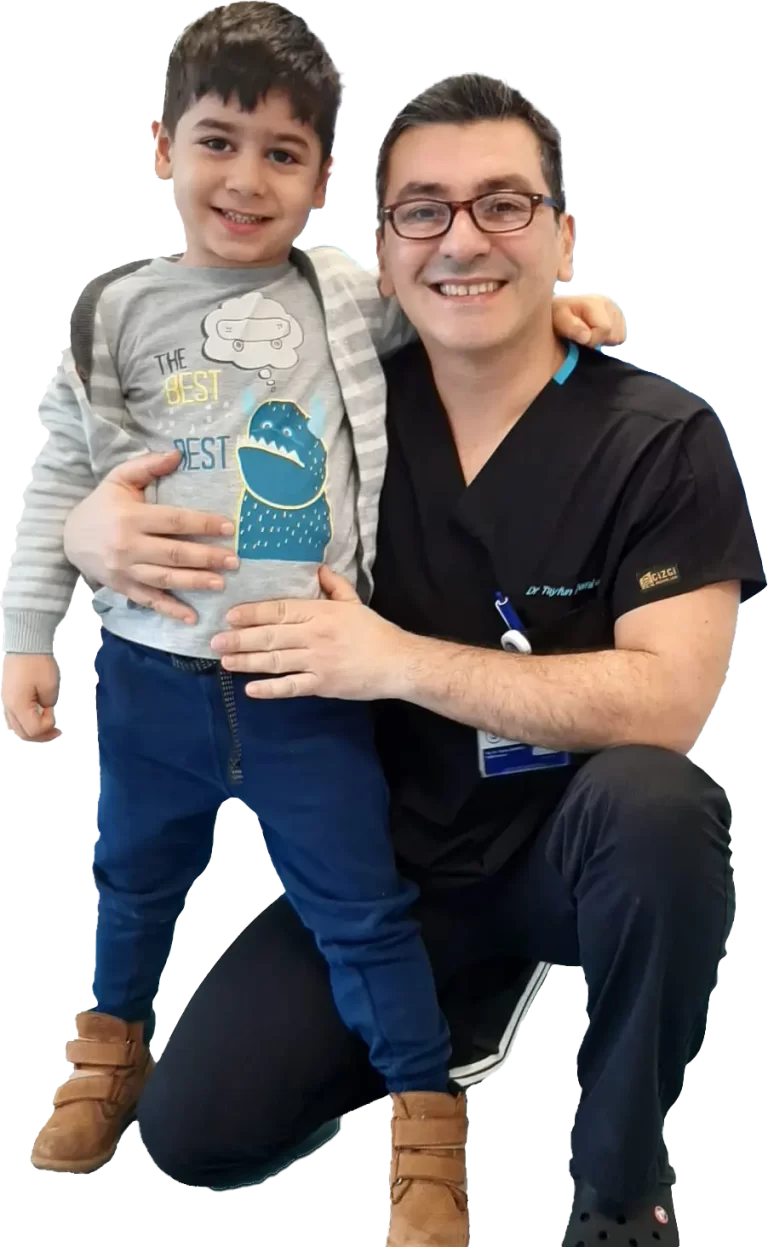What is Middle Ear Calcification?
Otosclerosis is also known as middle ear calcification. This disease is one of the common causes of hearing loss. It is a genetically transmitted disease. It can also occur after a few generations.In the first stage of the hearing, sound waves travel along the outer ear canal, reaching the eardrum and vibrating the membrane.
This vibration passes to the inner ear fluids through small ossicles called hammers, anvils, and stirrups in the middle ear. Sound waves are converted into electrical energy at the nerve endings located in the inner ear. After that, these sound waves are transmitted to the hearing centers in the brain with the hearing nerve, and hearing is provided. There are sometimes problems in the process of transferring sound waves to the inner ear fluids along the outer and middle ear. These problems cause “conductive hearing loss.” In this type of loss, the hearing organs in the inner ear are intact. But sound waves cannot reach these organs.
Hearing loss caused by the inner ear and the hearing nerve is called “sensorineural type hearing loss”. In otosclerosis, both types of loss are usually seen together. This type of hearing loss is called “mixed hearing loss”.
Treatment of Otosclerosis
Medical Treatment: Medical treatment options are used to slow the progression of hearing loss, especially in diseases detected at a young age. However, there is no known medical treatment for otosclerosis.
Surgical Treatment: With “Stapedectomy” surgery, the stirrup (stapes) bone whose movement is restricted is removed. Instead, a prosthesis is placed that will transmit sound waves to the inner ear. This operation can be performed under local or general anesthesia. 90-95% of highly successful results are obtained. At the same time, conductive hearing loss can be completely corrected in the majority of patients. Surgical procedure is not recommended in patients with very mild conductive hearing loss or in patients with advanced nerve-type hearing loss in which the inner ear hearing organs are affected too much. Apart from this, surgery is recommended for all otosclerosis patients (unless there is a health problem that prevents the operation).
It is normal to experience dizziness for a few days after surgery. At the end of the operation, surgical sponges placed in the external ear canal are removed in 7-10 days. After that, patients can return to their normal lives.The risks of stapedectomy surgery performed with appropriate surgical equipment and surgical techniques are quite low. However, there is a risk of hearing loss of about 1% in each surgery. Apart from this, complications such as damage to the facial nerve, perforation of the eardrum, infection in the ear can be observed much more rarely.
Hearing Aids: Some patients may also benefit from hearing aids. This treatment method can be used especially for patients with bilateral otosclerosis and who do not prefer surgery. It is necessary to use hearing aids so that the inner ear functions do not regress in parallel with the decreasing hearing.




